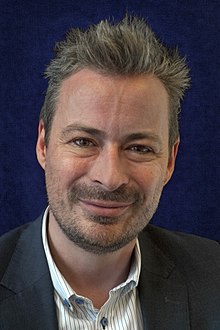Animism is the belief that objects, places, and creatures all possess a distinct spiritual essence. Animism perceives all things—animals, plants, rocks, rivers, weather systems, human handiwork, and in some cases words—as being animated, having agency and free will. Animism is used in anthropology of religion as a term for the belief system of many Indigenous peoples in contrast to the relatively more recent development of organized religions. Animism is a metaphysical belief which focuses on the supernatural universe: specifically, on the concept of the immaterial soul.
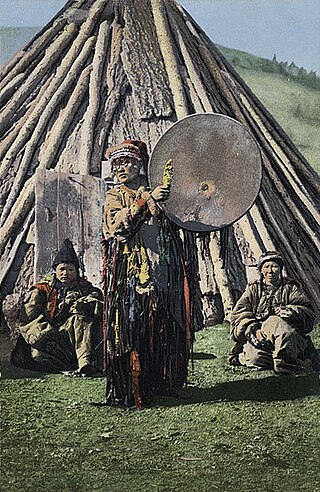
Shamanism is a spiritual practice that involves a practitioner (shaman) interacting with the spirit world through altered states of consciousness, such as trance. The goal of this is usually to direct spirits or spiritual energies into the physical world for the purpose of healing, divination, or to aid human beings in some other way.

The Chukotko-Kamchatkan or Chukchi–Kamchatkan languages are a language family of extreme northeastern Siberia. Its speakers traditionally were indigenous hunter-gatherers and reindeer-herders. Chukotko-Kamchatkan is endangered. The Kamchatkan branch is moribund, represented only by Western Itelmen, with less than a hundred speakers left. The Chukotkan branch had close to 7,000 speakers left, with a reported total ethnic population of 25,000.

The Yukaghir languages are a small family of two closely related languages—Tundra and Kolyma Yukaghir—spoken by the Yukaghir in the Russian Far East living in the basin of the Kolyma River. At the 2002 Russian census, both Yukaghir languages taken together had 604 speakers. More recent reports from the field reveal that this number is far too high: Southern Yukaghir was reported to have had a maximum of 60 fluent speakers in 2009, while the Tundra Yukaghir language had around 60–70. The entire family, as such, is regarded as moribund. The Yukaghir have experienced a politically imposed language shift in recent times, resulting in a majority of speakers also speaking Russian and Yakut.

The Nganasans are a Uralic people of the Samoyedic branch native to the Taymyr Peninsula in north Siberia. In the Russian Federation, they are recognized as one of the indigenous peoples of the Russian North. They reside primarily in the settlements of Ust-Avam, Volochanka, and Novaya in the Taymyrsky Dolgano-Nenetsky District of Krasnoyarsk Krai, with smaller populations residing in the towns of Dudinka and Norilsk as well.

Maria Antonina Czaplicka, also referred to as Marya Antonina Czaplicka and Marie Antoinette Czaplicka, was a Polish cultural anthropologist who is best known for her ethnography of Siberian shamanism. Czaplicka's research survives in three major works: her studies in Aboriginal Siberia (1914); a travelogue published as My Siberian Year (1916); and a set of lectures published as The Turks of Central Asia (1918). Curzon Press republished all three volumes, plus a fourth volume of articles and letters, in 1999.

Microblade technology is a period of technological microlith development marked by the creation and use of small stone blades, which are produced by chipping silica-rich stones like chert, quartz, or obsidian. Blades are a specialized type of lithic flake that are at least twice as long as they are wide. An alternate method of defining blades focuses on production features, including parallel lateral edges and dorsal scars, a lack of cortex, a prepared platform with a broad angle, and a proximal bulb of percussion. Microblades are generally less than 50 mm long in their finished state.

Uralic–Yukaghir, also known as Uralo-Yukaghir, is a highly controversial proposed language family composed of Uralic and Yukaghir.
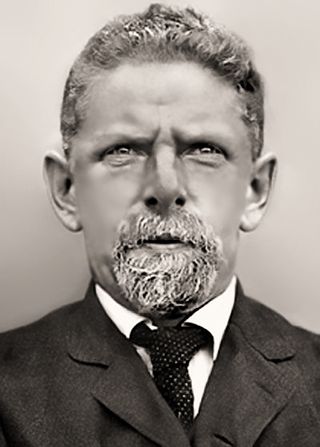
Vladimir Ilyich Jochelson was a Russian ethnographer and researcher of the indigenous peoples of the Russian North.
Piers Vitebsky is an anthropologist who was Head of Anthropology and Russian Northern Studies and Assistant Director of Research at the Scott Polar Research Institute of the University of Cambridge in England.
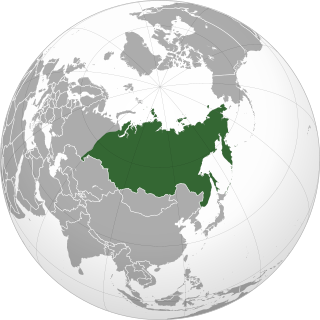
Siberia is a vast region spanning the northern part of the Asian continent and forming the Asiatic portion of Russia. As a result of the Russian conquest of Siberia and of the subsequent population movements during the Soviet era (1917–1991), the modern-day demographics of Siberia is dominated by ethnic Russians (Siberiaks) and other Slavs. However, there remains a slowly increasing number of Indigenous groups, accounting for about 5% of the total Siberian population, some of which are closely genetically related to Indigenous peoples of the Americas.

Eske Willerslev is a Danish evolutionary geneticist notable for his pioneering work in molecular anthropology, palaeontology, and ecology. He currently holds the Prince Philip Professorship in Ecology and Evolution at University of Cambridge, UK and the Lundbeck Foundation Professorship in Evolution at Copenhagen University, Denmark. He is director of the Centre of Excellence in GeoGenetics, a research associate at the Wellcome Trust Sanger Institute, and a professorial fellow at St John's College, Cambridge. Willerslev is a foreign associate of the National Academy of Sciences (US) and holds the Order of the Dannebrog issued by her Majesty Queen Margrethe II of Denmark in 2017.

The Mal'ta–Buret' culture is an archaeological culture of the Upper Paleolithic. It is located roughly northwest of Lake Baikal, about 90km to the northwest of Irkutsk, on the banks of the upper Angara River.
The spirit spouse is a widespread element of shamanism, distributed through all continents and at all cultural levels. Often, these spirit husbands/wives are seen as the primary helping spirits of the shaman, who assist them in their work, and help them gain power in the world of spirit. The relationships shamans have with their spirit spouses may be expressed in romantic, sexual, or purely symbolic ways, and may include gender transformation as a part of correctly pairing with their "spouse". Shamans report engaging with their spirit spouses through dreams, trance, and other ritual elements. In some cultures, gaining a spirit spouse is a necessary and expected part of initiation into becoming a shaman. Examples of spirit spouses may be seen in non-shamanic cultures as well, including dreams about Jesus Christ by nuns, who are considered to be "brides of Christ".
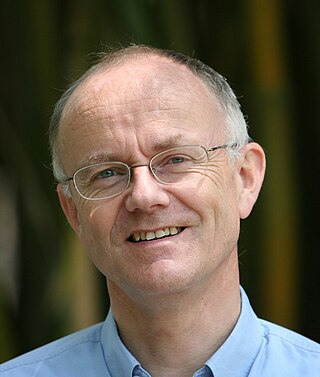
Lars Kolind is a Danish businessman. Kolind holds an M.Sc. in Mathematics from Aarhus University from 1972 and a B.Comm. from the Copenhagen Business School from 1977. He is adjunct professor of leadership and strategy at Aarhus University Business School since 2000. He serves as Detao Master of Leadership and Strategy since 2012.
The Siberian fur trade is an exchange concerned with the gathering, buying and selling of valuable animal furs that originate from Siberia. The Siberian fur trade expanded from localized trade, and Siberian fur is now traded around the world. The Siberian fur trade had a significant impact on the development of Siberia through exploration and colonization. The fur trade also precipitated a decline in the number of fur-bearing animals and resulted in Siberia being conquered by Russia.

Reindeer in Siberian shamanism reflect the cultural, as well as the economic, relationship between the native peoples of Siberia, a region of Northern Asia, and the reindeer that live there. It involves the nomadic reindeer herders, those that hunt wild reindeer and those who maintain domesticated ones. Their religious beliefs reflect the spiritual philosophy of shamanism, and their traditions often involve reindeer in several steps of the process of practicing their religion.

The Proto-Uralic homeland is the earliest location in which the Proto-Uralic language was spoken, before its speakers dispersed geographically causing it to diverge into multiple languages. Various locations have been proposed and debated, although as of 2022 "scholarly consensus now gravitates towards a relatively recent provenance of the Uralic languages east of the Ural mountains".

Else Roesdahl is a Danish archaeologist, historian and educator. She has mediated the history of the Vikings for most of her life, including coordination of notable exhibitions on the Viking Age and authoring several books on the subject. Roesdahl's books have been translated into several languages.
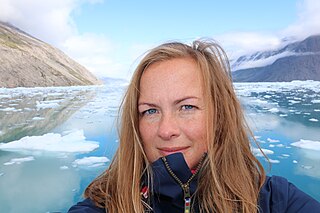
Jeanette Varberg is a Danish archaeologist, writer and curator who discovered that glass beads found in Denmark had originated in Egypt and Mesopotamia. She published Fortidens Slagmarker - krig og konflikt fra stenalder til vikingetid, which won DR's Rosenkjæer Prize in 2014 and the Blixen Prize in 2015. Since February 2017, she has been a curator at the National Museum of Denmark.
